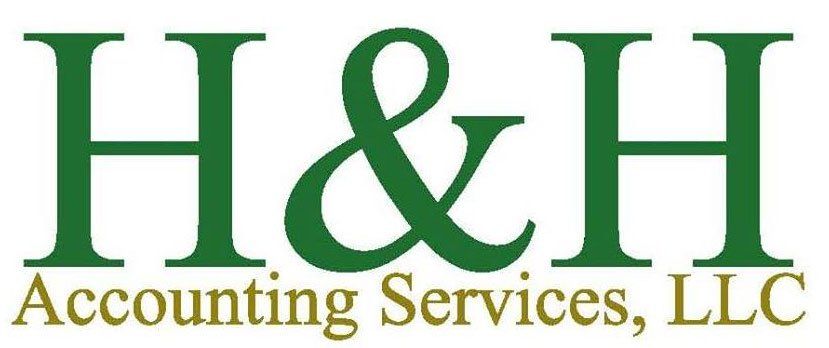Tax Compliance in the Gig Economy

Maintaining compliance with all necessary tax laws is one of the complications inherent in the modern gig economy. It’s an increasingly important requirement for workers as a whole now that so many are freelancing full-time or have “side hustles” where they perform services, make products, write or drive for DoorDash, Uber or another rideshare/rideshare-adjacent delivery business.
If you are a Phoenix worker thinking about going freelance in your profession or taking up a second job in the gig economy, there are a few important things you should know upfront about income tax preparation.
- You’ll be required to make quarterly estimated tax payments to the IRS.
- If you plan to deduct business expenses, you need to keep close track of your operating expenses, including saving receipts and keeping a mileage log.
- You will be responsible for paying the entirety of the Federal Insurance Contributions Act (FICA) tax – Medicare and Social Security – on your freelance income.
You Likely Won’t Benefit From Withholding
Although most formal full-time employers allow workers to adjust their withholding, most employees choose not to tamper with the rate. Withholding is easy, convenient and often allows workers to get a refund check after they’ve filed their taxes, which many people find gratifying.
As a gig worker or freelancer, the entities or people who pay you typically won’t provide withholding, meaning you’ll need to set money aside to pay taxes on your own.
Know Your Tax Bracket
The key to setting aside adequate money to cover your tax liability is knowing your tax bracket. If you’re a single filer making between $47,151 and $100,525 in 2024, your marginal tax rate will be 22 percent. However, if you’re making $80,000, only $32,849 will be taxed at 22 percent. You’ll need to calculate each portion of your income at the appropriate tax rates for each bracket to arrive at your total taxes.
Quarterly Payments
You’ll need to estimate what you think you’ll make for the full year by April in order to make your first quarterly payment on time and avoid IRS penalties. This isn’t always easy for gig workers, especially if you don’t have a great way to estimate how much you’ll end up making by the end of the year. It’s often preferable to overpay because you’ll get the money back at the end of the year. Underpaying your quarterly payment by too much can result in penalties.
Keep Detailed Records
Keeping accurate records will be vital. Whoever pays you will send a copy of your 1099 to the IRS, meaning the federal government will know how much you make. Not having a formal full-time employer doesn’t mean the federal government isn’t watching.
It may be a little different if you don’t receive a traditional paycheck, like if your employers use direct deposit or some other payment platform. It’s still good to have some formalized recordkeeping system to ensure that, at the end of the year, you can easily compile all your income. It’s also helpful to have records if the IRS challenges your income.
Expense Tracking
Depending on the type of work you do, itemizing business expenses might be a vitally important step. Any ordinary or necessary expenses you incur running your business can likely be deducted. A home office, supplies, equipment and mileage are all examples.
However, it’s easy to run afoul of the IRS by being overly generous with your deductions. If you’re a freelance driver, whether as a commercial truck driver or as a rideshare driver, you will very likely benefit from deducting miles on your vehicle and fuel consumption. It’s vital to keep a mileage log to distinguish between your personal vehicle use and work use. This includes logging the date, purpose and distance of each work trip.
Because this is such a common need in the modern economy, there are many apps available that use GPS to automate this tracking, making it much easier to report.
If you are itemizing travel costs, be sure to familiarize yourself with the IRS’ standard mileage rate for the current year. This does change annually, so you will want to check every year prior to filing.
Writing off a home office is a similarly delicate process. While you can deduct the cost of utilities, internet, your phone bill and mortgage if they qualify as a business expense, you must calculate the appropriate percentage. In other words, if your work internet usage only accounts for 25 percent of your home internet usage, you should only deduct 25 percent of the cost. You’ll also need some way of justifying that calculation to the IRS.
For example, to write off the cost of a home office, the office must be used “regularly and exclusively” to conduct business and be the principal place of your business. In other words, your bedroom doesn’t count if you sleep in it and work in it. The IRS provides a simplified per square foot of home office deduction at a maximum of 300 square feet.
There are also different types of expenses, including direct expenses, indirect expenses and internet and phone. Direct expenses, like the cost of painting or repairing your home office, are fully deductible. A percentage of indirect expenses can be deducted, like incidental costs you incur through home ownership, and by extension, home office ownership. This includes things like utilities, mortgage interest and home insurance.
You will need some kind of proof of business use that establishes your home office as your primary workspace, like logs of meetings with clients and client visits.
Are You a Phoenix Freelancer or Gig Worker Looking for Help Maximizing Your Income Tax Deductions?
H&H Accounting Services is dedicated to maximizing the value of deductions our clients are eligible to receive. Doing this is complicated and requires not only detail-oriented tracking of expenses but also an in-depth understanding of IRS rules and evidentiary requirements.
Let our income tax preparers help ensure you do everything by the book and avoid unpleasant audits or deduction denials. Call us at (480) 561-5805 to get started.
Serving the Accounting Needs of Clients in Phoenix, AZ & Nationwide
Call (480) 561-5805 for an In-Person Consultation at a Phoenix Location of Your Choosing
H&H Accounting Services, LLC
Mailing Address:
6501 E Greenway Pkwy
Ste 103
PO Box 444
Scottsdale, AZ 85254
Hours:
Monday – Friday: 9 a.m. – 6 p.m.
Weekends and After Hours: By Appointment
All Rights Reserved | H&H Accounting Services | Website Created By REV77



